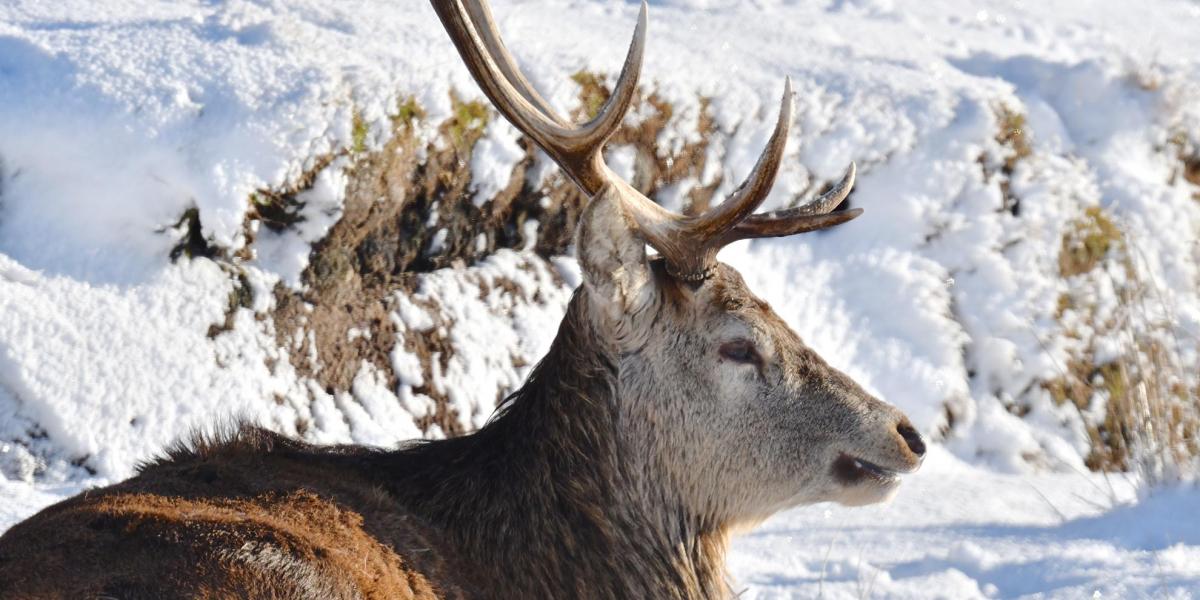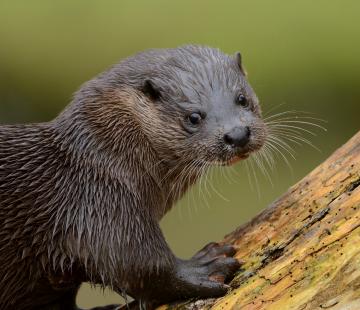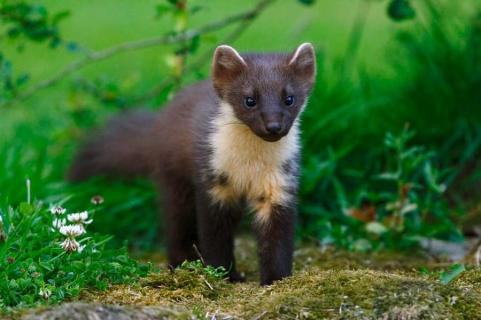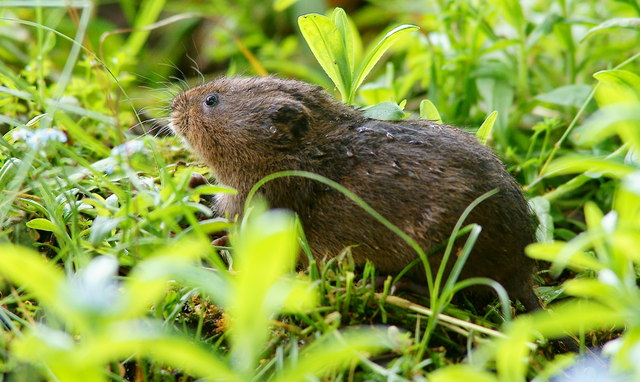Red deer (Cervus elaphus)Photo credit: Sam Udale-Smith |
Most likely to see: year round Habitat: heathland, moorland, woodland and grassland Food: grasses, sedges and rushes IUCN red list status: least concern UK: protected under the deer act 1991 Population: UK wide: 350,000 - 400,000, with majority occurring in Scotland More information: https://www.iucnredlist.org/species/55997072/142404453 https://www.mammal.org.uk/species-hub/full-species-hub/discover-mammals/species-red-deer/ https://www.wildlifetrusts.org/wildlife-explorer/mammals/red-deer |
|
Most likely to see: year round Habitat: heathland, moorland, woodland and grassland Food: grasses, sedges and rushes IUCN red list status: least concern Population: Scotland: 350,000. UK wide: 500,000 More information: https://www.iucnredlist.org/species/55997072/142404453 https://www.mammal.org.uk/species-hub/full-species-hub/discover-mammals/species-red-deer/ |
Roe deer (Capreolus caprolus)Photo credit: Sam Udale-Smith |
Eurasian otter (Lutra lutra)
Photo credit: Ben Andrew |
Most likely to see: year round Habitat: coastal areas, rivers and lochs Food: fish, spawning frogs and toad. On occasion small mammals and birds Conservation status: European protected species Population: Scotland: 7,950. UK wide: 10,300 More information: https://ptes.org/get-informed/facts-figures/otter/ https://www.nature.scot/plants-animals-and-fungi/mammals/land-mammals/otter |
|
Most likely to see: year round Habitat: woody areas Food: small rodents, eggs, birds, insects and fruits IUCN redlist status: least concern Population: estimated 3,700 adults within Scotland More information: https://www.wildlifetrusts.org/wildlife-explorer/mammals/pine-marten https://www.iucnredlist.org/species/12848/45199169 https://www.nature.scot/plants-animals-and-fungi/mammals/land-mammals/pine-marten |
Pine marten (Martes martes)
Photo credit: unknown |
Red fox (Vulpes vulpes)
Photo credit: Pixabay |
Most likely to see: year round Habitat: heathland, moorland, woodland, grassland, farmland, towns and gardens Food: insects, earthworms, fruit, berries, birds, small mammals, carrion and scraps left by humans Conservation status: least concern Population: Scotland: 23,000. UK wide: 240,000 More information: https://www.wildlifetrusts.org/wildlife-explorer/mammals/red-fox https://www.mammal.org.uk/species-hub/full-species-hub/discover-mammals/species-fox/ https://www.rspb.org.uk/birds-and-wildlife/wildlife-guides/other-garden-wildlife/mammals/fox/ |
|
Most likely to see: year round Habitat: freshwater and wetlands Food: grasses and other waterside vegetation Conservation status: least concern Population: Scotland: 350,000. UK wide: 875,000 More information: https://scottishwildlifetrust.org.uk/species/water-vole/ https://ptes.org/get-informed/facts-figures/water-vole/ https://www.mammal.org.uk/species-hub/full-species-hub/discover-mammals/species-water-vole/
|
European water vole (Arvicola amphibius)
Photo credit: Peter Trimming |

Mammals





